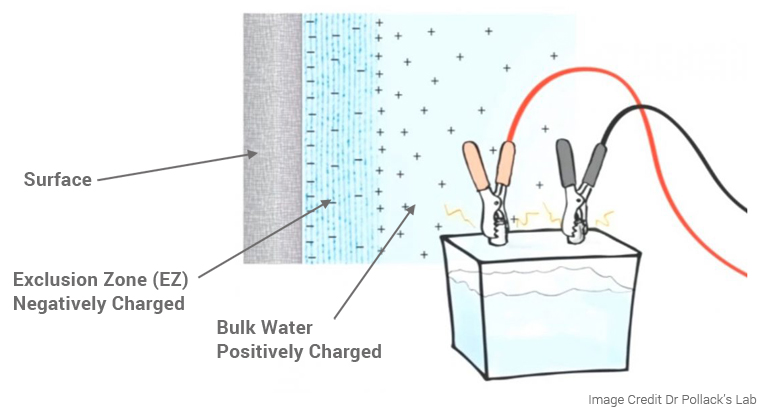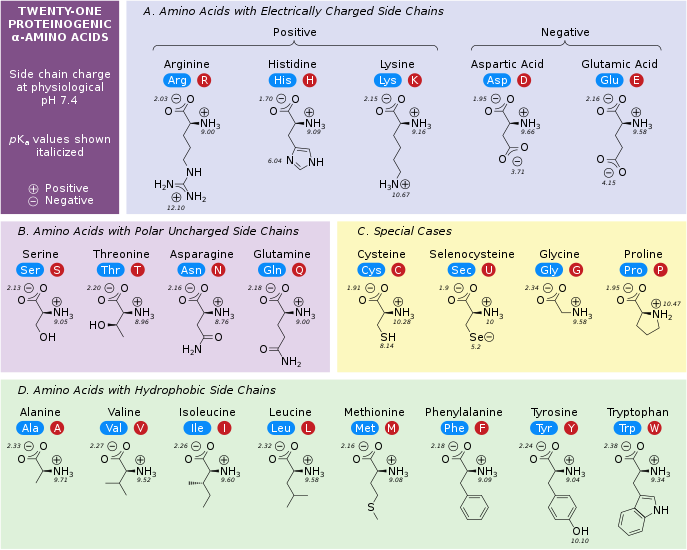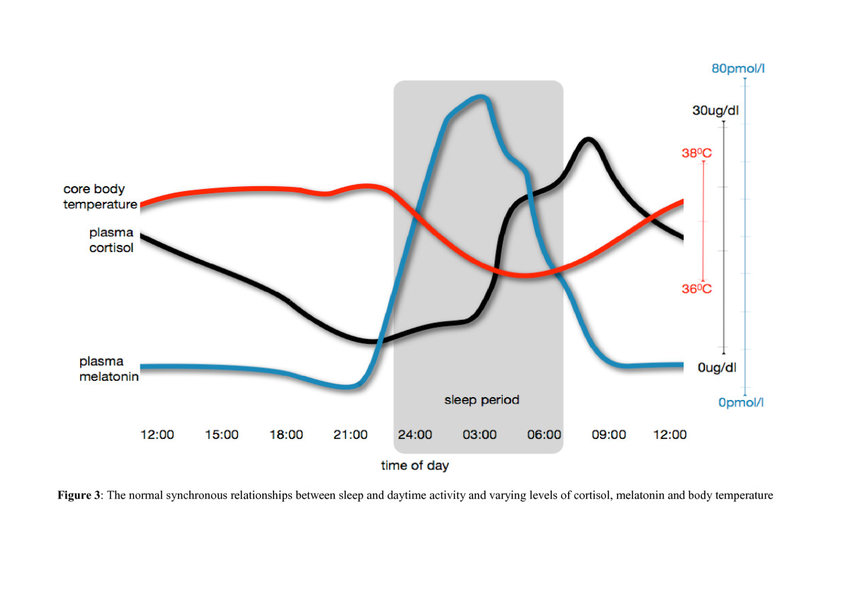“Grounding is esoteric bullshit!”
At least, that’s how most people react to my words about grounding as soon as I mention some grounding from time to time. There is supposedly “nothing scientific” about grounding, and yet grounding is the same esotericism as healing the chakras with crystals, or something similar.
Grounding, or earthing, is the process by which we are in direct contact with the Earth, allowing us to assimilate electrons from its surface. This mechanism has been attributed to various health effects such as reducing inflammation, improving sleep, improving immunity, etc. All of these things can undoubtedly be attributed to grounding without rolling one’s eyes at any esotericism, but grounding skeptics are especially skeptical of the degree to which grounding can contribute to improved health. And that’s what this two-part series of articles is about (two-part, as I’m aware of the limited attention span of the average human being), in which we outline the exact placebo-tested studies on grounding that can tell us some accurate numbers about this “esoteric” practice that will satisfy a lot of skeptics.
To understand the genius of grounding, in part one we’ll first explain some abstraction about so-called EZ water – looking specifically at how grounding improves the state of collagen in the body.
In the second part, we’ll move on to specific grounding-related studies, and we’ll also add a bit about the so-called “seafood brain theory” and the evolutionary importance of grounding for humans
EZ water and circadian rhythm
Anyone who has had basic high school biology knows that electrons are negatively charged particles that play a key role in various biochemical processes in the body, such as cellular respiration and redox reactions.
However, fewer people know that the more water we lose from our bodies, the worse our “residual” water structure becomes and the more our collagen becomes weakened. Because of this, we then cannot transmit electrons or light well throughout the body.
And how does all this relate to grounding?
The missing link in this mystery is precisely the exclusive zone (EZ), aka structured water (Dave Asprey called it “EZ water” in his book Brain Strong). This is a special state of water that is created when water is near hydrophilic material and absorbs solar or thermal radiation (heat). It is basically ordinary water, but with a few significant differences, such as the precise and specific arrangement of its atoms and molecules.
My quantum-biology friend Jaroslav Ľachký, for example, likes to compare structured water to scattered ping pong balls on a table (these represent “ordinary” water) and nicely arranged iron balls on a metal plate (these represent water in the exclusive zone in a hydrophilic material).
In physics, this phenomenon is confirmly called a phase change of water or a change of topology – ordinary water has turned into structured water. In the case of EZ water, layers are formed which have a predominantly negative electrical charge. These layers are nicely arranged, as can be seen in the pictures below:

Redox, meta-antioxidants and hydrophilicity
OKAY, OKAY, OKAY. And what about structured water? Isn’t structured water just another buzzword and esoteric bullshit?
Well, due to the structured arrangement of water in the exclusive zone, its properties are slightly different from those of “ordinary” water. For example, structured water may have a better ability to hold and transfer precisely our beloved electrons, which could have a positive effect on various biological processes and overall health. This directly results in, for example, better redox and therefore better protection against free radicals (unstable molecules that have the inability to gain or lose electrons).
Anyone who happened to miss high school biology and doesn’t know about free radicals should know that free radicals are atoms, molecules, or ions that have an unpaired electron on their valence layer – the last layer of an atom’s electron shell. This unpaired electron configuration makes free radicals very reactive and unstable, as they seek to achieve a more stable configuration by gaining or losing electrons through chemical reactions (and it is these reactions that can have harmful effects on cells and tissues in living organisms).
Free radicals can be naturally produced in our bodies as part of normal biological processes, such as metabolism, or they can be produced in response to environmental factors such as pollutants, radiation, cigarette smoke, or other crap. We cannot avoid them completely, but we can mitigate both their quantity and their impact on our bodies.
With structured water, more electrons from oxygen accumulate near our proteins, which could increase the electron capacity of the cell, making free radicals more easily neutralized. Since electrons are more available for transfer to free radicals, their reactivity and potentially harmful effects on cells are reduced. In addition, more electrons at protein membranes could support redox enzymes (enzymes are responsible for maintaining homeostasis between oxidation and reduction in cells) and also increase the availability of electrons for antioxidants – in fact, antioxidants neutralise free radicals by providing them an electron and preventing their harmful effects on cells. A well-functioning redox is thus a sort of meta-antioxidant; it itself activates several different levels of antioxidant properties.
And besides good redox, what does structured water do to our proteins in general?
Most of the proteins in our bodies are hydrophilic, and this is precisely because they have enough electrons. In fact, having enough electrons makes our proteins hydrophilic, and that means nothing more than that they become more hydrated.
In doing so, proper hydration improves the function of proteins in our body, which need enough electrons to be hydrophilic and to perform their physiological and biophysical functions. This is exactly why our bodies are so nicely packed with collagen; collagen is the thing that makes up most of the proteins in our bodies. It is also the reason why our body and mitochondria are interested in protons and electrons and not in some calories 🙂
Collagen is in fact a protein that always has very tight water around it (or at least it should). It is the archetypal hydrophilic protein.
A little more about collagen structure
Collagen consists of the amino acids proline, glycine and lysine. All of them have very interesting properties. In the figure below we can notice how the amino acids are divided according to their hydrophilicity and electrical charge:

B – amino acids with hydrophilic side chain (water attracting)
D – amino acids with a hydrophobic side chain (water repellent)
Glycine (it has a hydrophilic side chain but in the table it is categorized as “C” among the “special cases”) is the simplest proteinogenic (protein is formed from it) amino acid and at the same time it is very special in that it cannot be differentiated into L- or D-glycine like many other amino acids (hence the special cases). Glycine is symmetrical when compared to them.
It is due to these unique properties of glycine that nature chose to place glycine in animals as the building block of their collagen, which always keeps structured water full of electrons as well as protons around it. Glycine, by the way, makes up as much as one-third of collagen.
And this is where an interesting correlation with grounding comes into play – it looks like this esoteric bullshit is sort of improving the state of collagen in our bodies. By connecting to the ground (anode), we’re able to pump a lot of electrons into the body, which makes our proteins in the body more hydrophilic. This means that they hydrate better, which in turn means that more EZ water will form around them, resulting in higher redox.
Cortisol is just a fancy name for a collagen unwrapper!
Well, because of the ability of proteins to hydrate themselves based on the amount of electrons around their membranes, nature has invented the opposition curves of two important hormones – cortisol and melatonin. Cortisol and melatonin, unlike EZ water, are theoretically familiar to many people.

As we have already mentioned, these hormones are largely influenced by our biorhythm, i.e. circadian rhythm. If our circadian rhythm is not working properly because we are deficient to sunlight during the day and to darkness in the evening and during sleep, our body becomes more dehydrated. And that’s why we even mention cortisol and melatonin at all. These two hormones are supposedly very much related to both modern and civilization diseases, including problems like leaky gut, autoimmune disorders, fybromyalgia, adrenal exhaustion, chronic stress, etc.
Yet many people don’t recognize one of the main roles of cortisol, which is to unwrap collagen so it soaks up more water, which is ready to capture sunlight and accumulate our lovely exclusive zone during the day. So cortisol is just a fancy name for collagen unwrapper!
However, all of this needs to happen in the morning when cortisol is normally released and the sun is rising at the same time. If our body lacks this chronically, that’s when problems arise and one of them is impaired transmission of both electrons and light in the body, just due to poorer collagen function.
It wouldn’t be me if I didn’t take advantage of your attention to take a bit of a swipe at vegans. But no worries, this time it’s undoubtedly related to protein and the exclusion zone. Any militant vegan who thinks a plant-based diet is somehow miraculously healthy can unquestionably piss me off. The truth is that the only consequence of a plant-based diet is that our proteins are more dehydrated (more on that in the studies at the end of the article). And that, from my perspective, is definitely not a way of eating that suits modern humans afflicted with chronically exuberant melatonin and cortisol and thus chronic dehydration.
Conclusion
And with that nice hate, I’d like to end the first part of the series. In the next article, we will look at specific grounding studies and also something more.
For now, remember to watch your structured water and your cortisol levels – your well-hydrated proteins will surely thank you!
